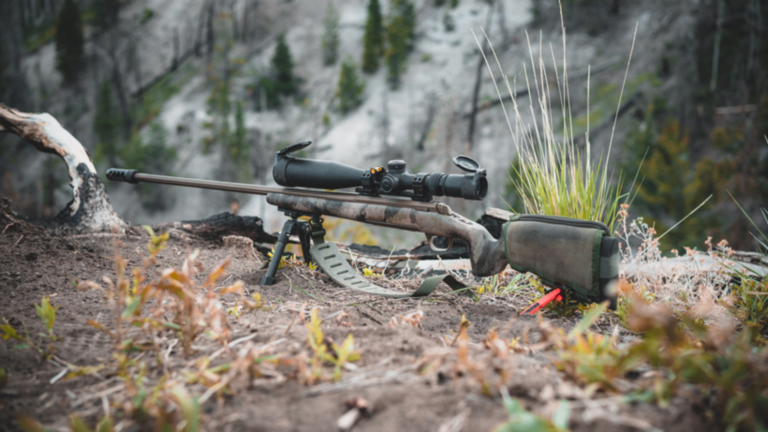Under the Firearms Act 1996, anyone in possession of a firearm in NSW is required to comply with storage and safekeeping requirements.
General requirements – The safekeeping of firearms.
Section 39 of the Firearms Act 1996 states that any person in possession of a firearm must take all reasonable precautions to ensure the firearm is kept safely. In plain English, they must ensure the firearm is not lost or stolen and does not come into the possession of an unauthorised person.
The specific legislative requirements for transportation of firearms can be broken down into three groups:
- Category A and B firearms
- Category C, D, and H firearms
- Commercial transportation of firearms.
Transportation requirements for category A & B firearms.
Category A & B firearms must be transported in accordance with the following requirements:
- The firearm must be conveyed in a manner that ensures compliance with section 39 of the Act (see above)
- The firearm must not be loaded with any ammunition
- The firearm must not be visible from outside the vehicle.
NOTE – At no time should a firearm be left stored unattended in a motor vehicle unless the firearms are stored in accordance with the requirements of category C, D & H firearms and no other alternative safe storage is available.
Transportation requirements for category C, D & H firearms:
- Category C, D & H firearms must be conveyed unloaded, with the
ammunition kept in a locked container separate from the firearms - The firearm must be rendered temporarily incapable of being fired (e.g.
by removal of the bolt/firing mechanism or the use of trigger locks) and
must be kept in a locked container that is properly secured to, or is within
the vehicle.
Are there exemptions to these transportation requirements?
Yes. If you meet the criteria below you are exempt from the requirements for the transportation of firearms, but ONLY IF there is a reasonable likelihood that the firearm will be required to kill vermin or stock during transportation.
- Primary Producers or employees of Primary Producers, and
A person employed in or by: - Department of Planning, Industry and Environment
- Local Land Services
- Border Fence Maintenance Board
Commercial transportation of firearms.
Persons engaged in commercial transportation activities must ensure that any portion of the consignment which consists of firearms is:
- concealed in a locked container that is secured to the vehicle, or in a locked compartment within the vehicle, and
- all reasonable precautions have been taken to ensure that firearms are not lost or stolen.
Reasonable precautions to prevent loss or theft would include:
- the security of the vehicle in general
- security of the vehicle when left unattended
- how long the vehicle is left unattended
- the length of time the firearms were in conveyance; and
- whether arrangements are made to expedite the delivery of firearms over the other items being conveyed.
Leaving the firearms unattended overnight, for extended periods of time without added security, or without locking the vehicle in a secure compound would not be considered as taking reasonable precautions to prevent loss or theft.
Firearms transport and unlicenced passengers.
If travelling with an unlicencesd person in your vehicle, all firearms and ammunition must be stored as per category C, D, and H requirements.
Related Information:
Safe storage level 1 – Category A/B requirements.










